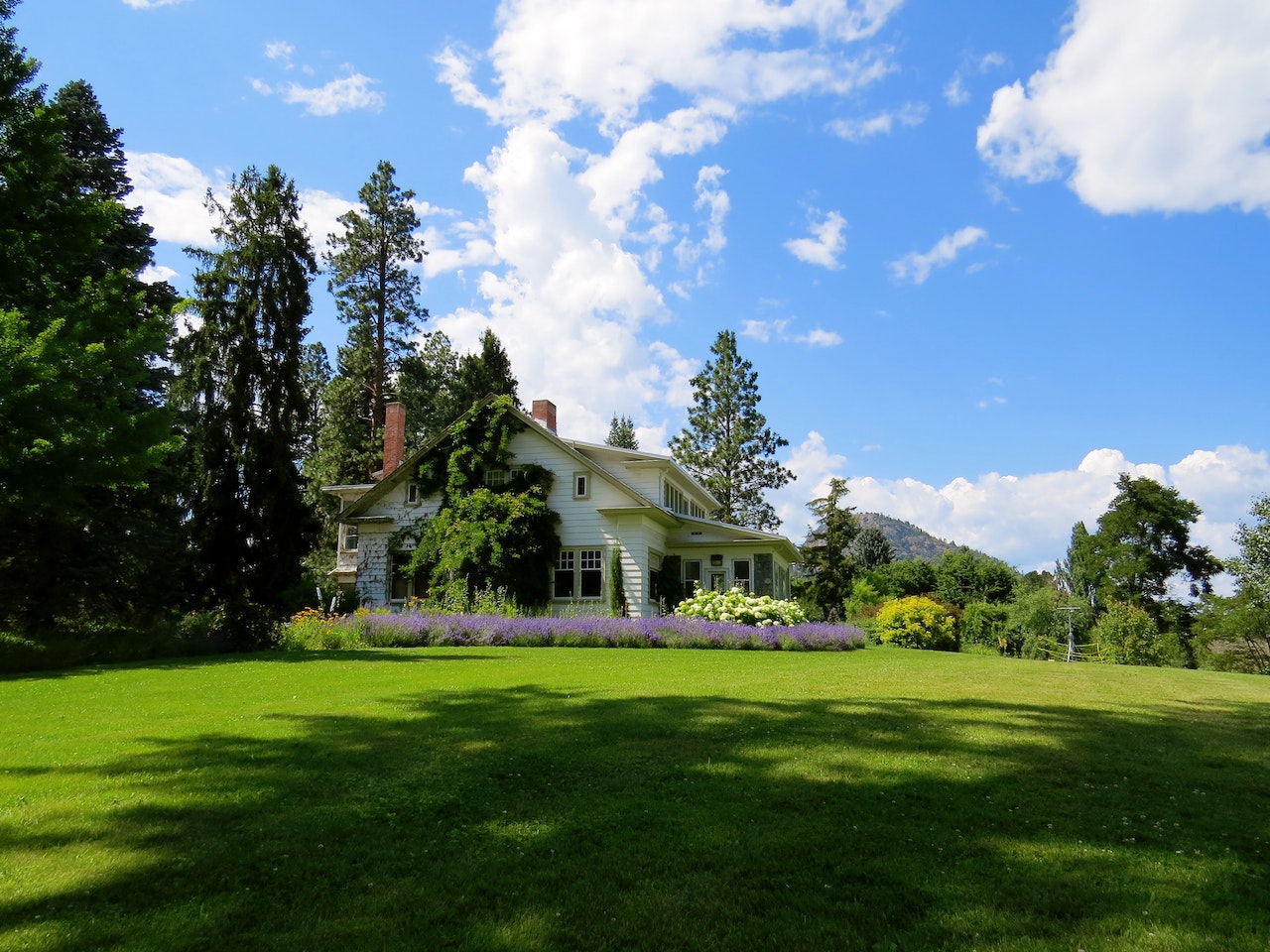How To Improve Your Home’s Drainage System
There are many reasons why good drainage is good for your home. Poor drainage can cause flooding and damage your property’s structure. Recent research also shows that flooding could promote mold and mildew formation, posing several health problems for you and your family. So, as you take steps to guarantee your home’s safety, it helps if you learn how to enhance your home’s drainage. Are you looking for new ways to reduce maintenance costs or boost property value? Below are six simple ways to improve drainage in your home.
- Regrade your landscape
Grading your landscape is an excellent strategy to redirect water away from your property. You may identify spots in your property where water is more likely to gather and where water runs toward the home’s foundation. You may use a shovel or hoe to loosen the earth in these areas and fill in low spots with soil to form a slope away from your residence. You can also plant trees and shrubs to prevent erosion and ensure excess water absorption. If you are unsure how to regrade your landscape or redirect water to remove or lower your flood risks, you may bring in an expert.
- Set up catch basins
You may benefit from installing catch basins if you live in a region with frequent rainfall and poor drainage. Catch basins are terrific for diverting water from your property. They can also support redirecting surface runoff water to prevent flooding and potential damages. Unsurprisingly, some states with high flood risks require setting up catch basins as part of the local building codes. Fortunately, catch basins are reasonably affordable and can help you decrease or eliminate the flooding and puddles around your home. Avoid installing catch basins in some cases. For instance, places with high water tables or rocky terrain may make installing and maintaining a catch basin problematic. Also, if catch basins are not frequently maintained and cleaned, they can get blocked, leading to more serious drainage concerns.
- Inspect your gutters and downspouts
Gutters and downspouts are crucial in ensuring proper water draining in your home. However, it is not enough to have these drainage systems if they are not functioning properly. Remove every leaf or debris that may obstruct free water flow in your gutter and downspouts. You may also add an extension to direct water away from your property’s foundation. You may inspect your gutter and downspout yourself by checking for visible damages and other things that may impede water flow. Check if the gutters slope to the downspout and are securely fastened to the property.
- Install permeable pavement
Permeable pavement is great for decreasing runoff and enhancing draining in your home. You may install a permeable pavement to enable water to travel through them, lower runoff, and put less pressure on your drainage systems. You may also install permeable pavement if you want to limit the contaminants entering your stormwater systems. Aside from being an excellent alternative for ecologically minded homes, permeable pavement can aid in the reduction of standing water in a region, lowering the chance of insects and other nuisance species like mosquitoes from infesting your home. However, it would be helpful to consult a residential paving expert to learn the best ways to use paving to improve drainage in your home.
- Set up a sump pump
Consider adding a sump pump to your home if you have a basement. Sump pumps collect and pump water from your property. A sump pump is great for reducing the risk of flooding in your basement. The good news is sump pumps are an affordable way to protect your home against water damage. According to HomeAdvisor, it could cost you between $641 to $2,035 for a sump pump. You can also explore other options. For instance, a pedestal pump will cost between $60 and $170, whereas a submersible pump would cost around $100 and $400.
- Install a French drain
Like catch basins that can help redirect water away from your home, French drains are designed using a perforated pipe inserted in a trench and bordered by pebbles or other drainage material. The pipe gathers and transports water from the part, while the gravel filters particles and improves water flow. The technique is excellent in decreasing floods and standing water around your property. Installing a French drain is simple and shouldn’t take long.
The above simple tips can be useful for improving drainage in your home to reduce your flooding risks and keep your serene and healthy environment. The tips can also be useful for homeowners looking to protect their properties from costly repairs.


